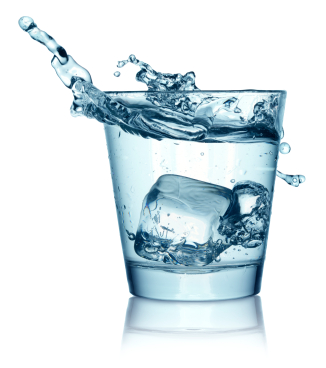These days, trying to read a food label can be pretty intimidating…but if you know what to look for, those labels can actually be very beneficial. As it turns out, a quick glance can go a long way.
Food labels appear on almost all packages of processed food. They can even be found in restaurants, although restaurants are only required to have food labels for items that claim “low fat” or “heart healthy.” I recommend looking for three things when you glance at that label – ingredients, serving size, and nutrition information.
Ingredients
Ingredients are listed in descending order by weight. This means that there is more of the first ingredient listed than anything else. Similarly, the final ingredient listed is the least prevalent. A quick check of the ingredients will give you an idea of the overall “healthiness” of the food you are about to consume. For example, if solid fats and added sugars are among the first ingredients listed, try looking for a healthier option.
Serving Sizes
It’s no secret that our idea of serving sizes has grown tremendously over the years. Unfortunately, the Food and Drug Administration definition of serving size has remained the same! Society is so accustomed to extra large portions that it now seems normal to us…and we often underestimate just how much food we consume. Serving sizes listed on food labels may be much smaller than we think.
A good habit is to note the definition of “one serving” on your food label. Also check how many servings are in the package or box. Is the small pack of chips one serving or is it two? It’s particularly easy to be fooled by food in small packages. We may eat the entire bag thinking it’s a single serving, when in fact, it’s two or three!
Restaurants are also notorious for piling on the food. Remember, just because it’s there in front of you doesn’t mean you have to eat it all. Save some for another meal. You may also opt for lunch sizes or smaller portions.
Nutrition Information
Perhaps the least understood section of the nutrition label is the list of nutrition facts. Nutrition facts are presented in quantities, percentages of our daily recommended value, or both. I find that it’s easier to translate the percentages. For example, if a serving contains 20% of the recommended daily protein allowance, I know that 5 servings of this food would fulfill my required protein intake for the day. Similarly, if the serving contains 35% of the recommended daily amount of fat, three servings will put you over the recommended daily allowance.
The recommended daily values on food labels are set by the Food and Drug Administration (FDA) and are based on a 2000 calorie per day diet. While a 2000 calorie diet is the standard amongst nutrition labels, some people may fall into a higher or lower calorie range depending on their age, weight, gender, and activity level. Although there are plenty of calorie calculators online, I prefer to reference Dietary Guidelines for Americans, published every five years by the USDA and the Department of Health and Human Services. Page 14 includes a chart of estimated calorie needs based on age, gender, and activity level. Remember, if your recommended calorie needs are lower than 2000 per day, the quantities and percentages on food labels need to be adjusted to give you an accurate idea of your intake recommendations.
 Nutrients: Proteins, Carbs, and Fats Are Not Alone
Nutrients: Proteins, Carbs, and Fats Are Not Alone